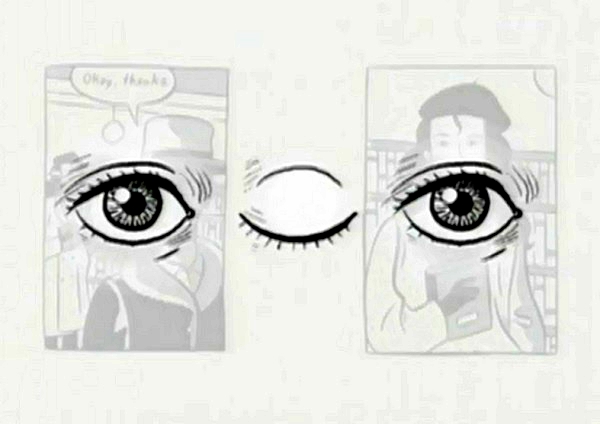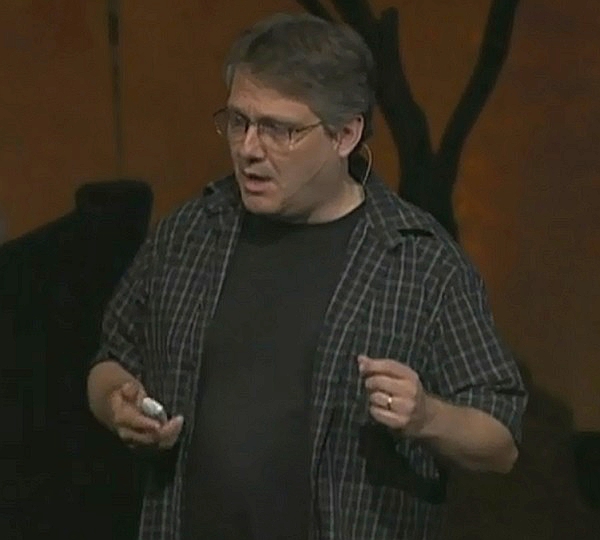Whether you are a fan of comic books or not, this is an entertaining TED talk and here is why: it expounds the process of thought and observational connectivity in science and in the arts. Uh- what does that mean? In simpler terms, this short TED lecture explains how a scientific mind operates in the arts.
Narrator Scott McCloud is the son of a blind genius.
His Father was a rocket scientist and inventor for the US defense industry and his siblings are all working in the Sciences. Scott on the other hand, is a comic book artist.
At the start of his TED talk, Scott refers to his Father and explains that the ‘apple’ really doesn’t fall that far from the ‘tree’- it’s tough to fight genetics. He came to realize that working in Comic Books is actually not that different from working in Science and that our contemporary understanding of how we define art and understand media is wrong. It is, he says, one of interrelated connectivity based on thought and observation. In other words- Variantology.
This is a short lecture weighing in at a little over 17 minutes. Scott does an artful job of breaking down the ‘modus operandi’ of curious minds. He summarizes insight using a K.I.S.S. quadrant grid that shows that our processes of thought are indeed interrelated. Using a four-sectioned pyramid, he helps rearrange and reuse a mathematical formula- illustrating how the Classicist, the Formalist, the Animist and the Iconoclast are all just parts of the same formula of human experience and thought. As in scientific investigation and theorizing, creativity in the arts is powered by human experience and thought.
Things worth remembering.
Scott offers a “quick bake” recipe for meaningful results: Learn from everyone. Follow no one. Watch for patterns. Work like Hell. For the Silo, Jarrod Barker

